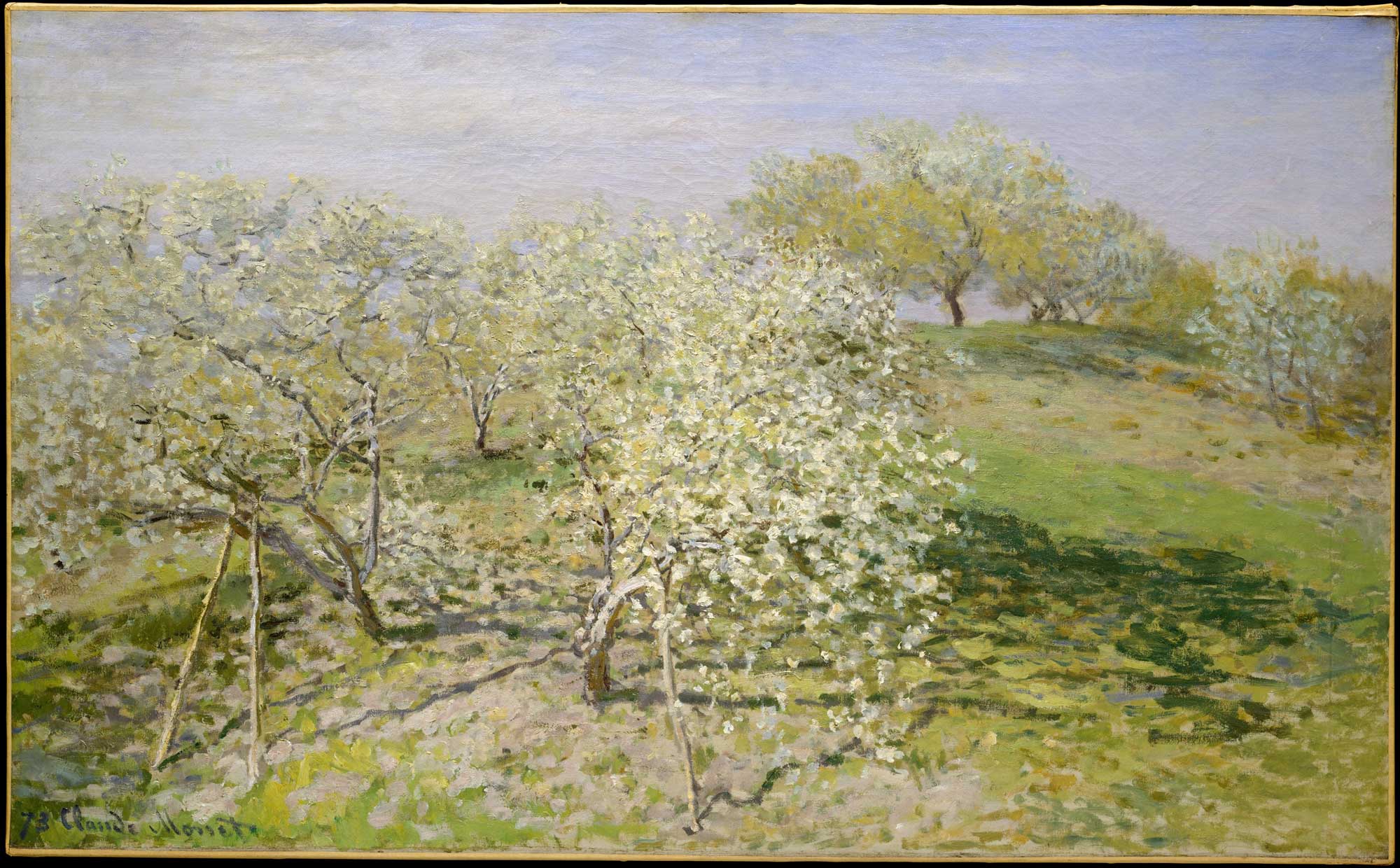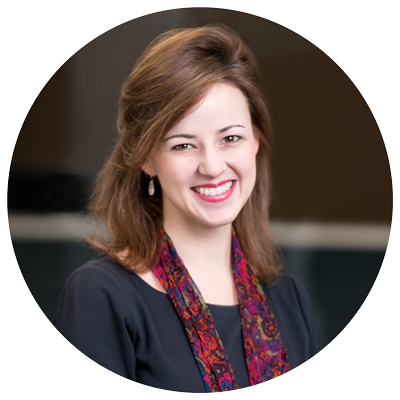The coronavirus pandemic has been marked by still, silent rooms. For the elderly, remaining safe this past year meant remaining solitary. Nursing homes cut off visits, seniors saw friends only at a distance, grandchildren took their first steps before ever snuggling into a grandparent’s arms. But three Milwaukee organizations have teamed up to open Trinity Woods: an intergenerational housing project that will see seniors, single mothers, and religious sisters mingling as one community. Mount Mary University, the School Sisters of Notre Dame, and Milwaukee Catholic Home have not let the pandemic deter them from making progress towards their planned opening in the fall of 2021.
The community will include fifty-two private residences for the School Sisters. They will be joined by up to twenty-four single mothers who are enrolled as students at Mount Mary University and are raising children under twelve. The housing for the sisters and the mothers will be partially supported by ninety market-rate independent living apartments for folks ages fifty-five and up.
The project is bittersweet for the School Sisters of Notre Dame, who have spent the last few years looking for buyers for their convents and community centers. When the planning began, the order decided that the best way to continue their work and to support their elderly sisters was to leave behind their physical properties.
The plans were announced, the ground was broken, and but for the pandemic, the sisters might have had a quiet year or two to say goodbye to their old home and prepare for their new one. Instead, they had to retreat to stricter enclosure, which protected them for a time, but not completely. In December of 2020, eight sisters at the Elm Grove community died of coronavirus in the space of a week. They opened their doors in January to Walgreens employees who vaccinated the sisters.
The Sisters have been at Elm Grove for over 160 years. They predate the university, and most institutions in the area. When the first Sisters arrived from Bavaria, they came at the request of bishops to teach the children of German immigrants. They carried a mark of the land of their founding—parts of their convent look more like a castle. Specifically, the castle of King Ludwig of Bavaria, whose donations helped the Sisters establish themselves, and who wanted to leave an echo of his home in the landscape. Tolling out the hours is a bell donated by their sisters in religious life in Germany.
The Sisters’ work grew with the needs of the community of immigrants around them. They expanded gradually, eventually operating a school and an orphanage, with hundreds of sisters caring for their charges. Today, there are more than 800 School Sisters in their province, which operates in twenty-one states, as well as Japan, Guam, and Nepal—a not insignificant number, but considerably fewer than at their peak. The United States-based Sisters are clustered at four major properties, all of which are being sold as the Sisters grow older and need to receive care from others. Mother Caroline, the foundress of their community, is buried on their grounds, and the cemetery will be one of the few parts of the property to remain the Sisters’.
Elm Grove is the first of four sites to be sold. The other three sites are under consideration to become schools, retreat centers, or affordable housing. Sister Debra Marie Sciano served on the task force to sell Elm Grove and is the provincial leader for the School Sisters of Notre Dame Central Pacific Province. She entered religious life in 1977 and has been a fully professed sister for more than forty years.
She doesn’t live at the Elm Grove property herself, but in West Dallas, Wisconsin, a suburb of Milwaukee, a fifteen-minute drive from her sisters. She shares a rented townhouse with another School Sister as part of their extended community and ministry.
It was through the School Sisters’ extended ties that the idea of Trinity Woods began. Sr. Debra recalled having coffee with Dr. Christine Pharr, the president of Mount Mary University, who asked if the sisters could come home to the school they’d helped found. Dr. Pharr had long hoped to set up an intergenerational space for her students.
The mothers who hope to live at Trinity Woods are interviewed by Keri Alioto, the vice president for student affairs, and other members of her team. The interviews have taken place over Zoom, so although the students’ children aren’t required to attend the interview, they’ve often turned up in the background. Alioto sees the interviews as a chance for the mothers to ask questions, as well as to answer them. “We’re accepting students to live in the community at the same time as we’re building the community from the ground up,” Alioto said.
Mount Mary University doesn’t anticipate filling all twenty-four student apartments by the fall. Trinity Woods will open in late October, but the school year starts in August. The initial residents will be the ones to help set community norms as the school grows the program to capacity. Some of them may be new to Mount Mary entirely—transfer students, for whom Trinity Woods is part of the appeal. Other residents will be so new that Alioto can’t meet them face-to-face yet; she’s interviewed two expectant mothers so far.
To create Trinity Woods, Mount Mary University and the School Sisters found partners in other Christian organizations. Milwaukee Catholic Home was a natural partner, because it had been providing continuing care for the elderly for over one hundred years. They also recruited a newer, Presbyterian group, Senior Housing Partners, which designs senior living facilities.
For Lisa Albin, a real estate project developer for Senior Housing Partners, her work is a ministry. Every morning begins with a fifteen-minute standup meeting with her colleagues, where they read a scripture verse and pray together. It’s something she values deeply about her job: “I have the freedom to be a Christian woman in corporate culture.” The prayer animates her whole day, even as the rest of her meetings might look more like they would at a secular company. “I may not be able to pray with residents,” Albin says, “but I’m able to design buildings and have an impact.”
The project is the first that Lisa Albin has worked on that combines a daycare with senior living. She imagines that the daycare could be a benefit for other senior communities, improving the lives of both residents and the workers who care for them. It can be challenging to find people to work in senior communities, and the pandemic has exposed how little support some professional caregivers are offered. An on-site daycare might be a better way to support workers.
It can be challenging to find people to work in senior communities, and the pandemic has exposed how little support some professional caregivers are offered. An on-site daycare might be a better way to support workers.
Many for-profit senior communities have left their frontline workers unprotected—refusing to provide appropriate PPE—while the companies themselves wrap their businesses in shell companies and real estate investment trusts (REITs), insulating the owners from liability and accountability. They neglect the dignity of residents and workers alike.
A more humane business would take care of these baseline needs, but, Albin imagines, might also go beyond them, offering a daycare as part of the benefits package for their workers—with the children becoming a benefit to the whole community.
Accommodating all those different residents at Trinity Woods meant incorporating their needs into the design from the beginning. Corridors are wide, to allow multiple people with walkers or wheelchairs to pass each other comfortably. Light switches and outlets are placed higher up on the walls, not specifically in order to keep them out of reach of the curious toddlers, but rather so that seniors with balance difficulties don’t need to crouch down in order to plug in a cord. The mothers’ apartments are designed with limited interior walls, so a mother who is parenting alone will always be able to keep an eye on her child, even when she’s studying at her desk.
The design is centered on the Town Square, which includes a chapel, spaces for dining, and a plaza. Although the Town Square offers the chance for the different communities to mingle, the design allows separation to be maintained in the face of the pandemic, or even a normal flu season. The north and south entrances have larger vestibules that can operate as a checkpoint for temperature-taking and symptoms surveys.
The new building will have a chapel that also doubles as a multipurpose room. But no matter who is using the space, their activities will be kaleidoscope-colored by the stained-glass windows moved from the sisters’ chapel at Elm Grove. The old chapel will be demolished, but the windows, the most fragile piece of their home together, will be carefully wrapped and re-set in new casements.
The Sisters expect to see some familiar faces in their new home too. Before the pandemic, the Sisters welcomed members of the local community into their convent to do activist work, writing letters to politicians to exhort them to take action on particular legislation. On other afternoons, there was tutoring, or just the opportunity to walk around the grounds and through the grape arbor.
Some locals became formal associates of the community, making vows they renew yearly. Some of these seniors will be joining the sisters at Trinity Woods by moving into one of the market rate apartments.
“As exciting as this is,” Sr. Debra acknowledges, “it is a letting go.” As part of the preparation for the move, the sisters set up a transition team, including assigning an archivist to write a history of their community. “The only way out is through,” Sr. Debra said, “We’re trying to gently go through all of this together.”
In their new home, they’ll be surrounded by students, as they were years ago when running a school of their own, but the relationship will change. “It’s not just us taking care of or teaching them,” Sr. Debra said, “It’s mutual.” A few sisters will still be actively teaching at the university, while others may be teaching by receiving care. Students who want to be gerontologists may learn from the elderly sisters by caring for them.
For the residents of Trinity Woods senior living apartments, the transition can also be challenging. Moving into assisted living might mean acknowledging a frailty or vulnerability that either parent or child has been trying to ignore. At the practical level, often a new resident is downsizing from a full house to an apartment and must decide what to give up to fit into their new life.
It can feel like a loss, but as Albin sees her work at Senior Partners, when the senior community is really a community, it should feel like gaining more space, even as your official square footage shrinks. “We help kids and residents change their paradigm: their apartment is their private residence and the whole campus is their home.” She aims to foster a front porch sense of neighborliness, albeit often without the porches.
She aims to foster a front porch sense of neighborliness, albeit often without the porches.
When the residence finally opens, Albin is most looking forward to seeing the School Sisters’ faces as they walk in and see their old stained-glass windows sun-dappling a new space. She wants to hear the laughter of children in counterpoint with the pealing of the old German bell.





